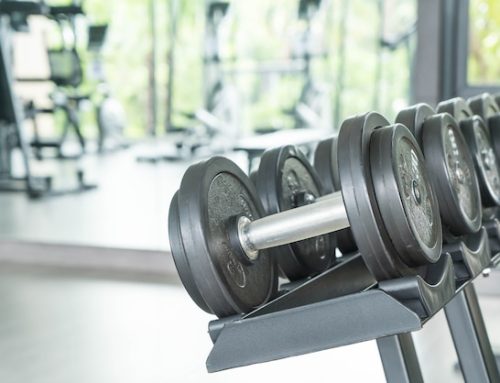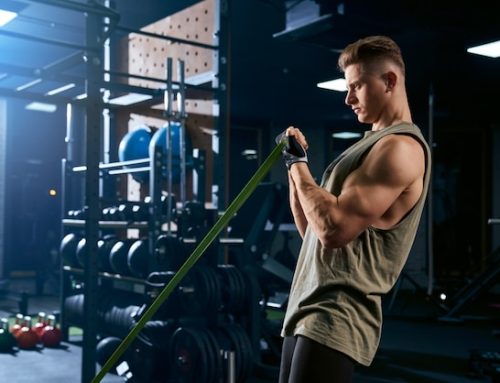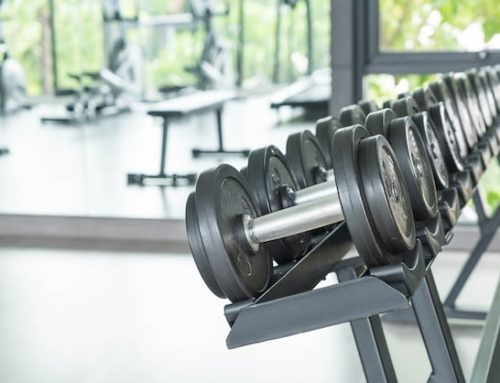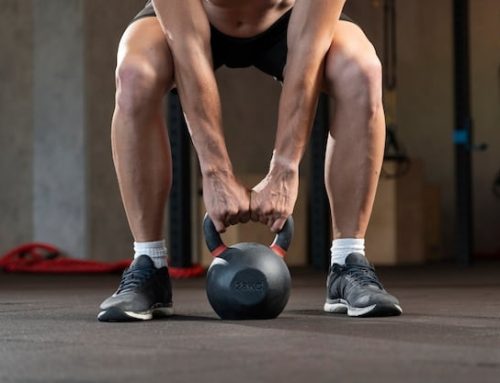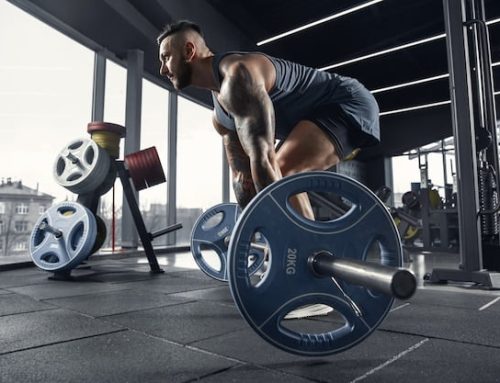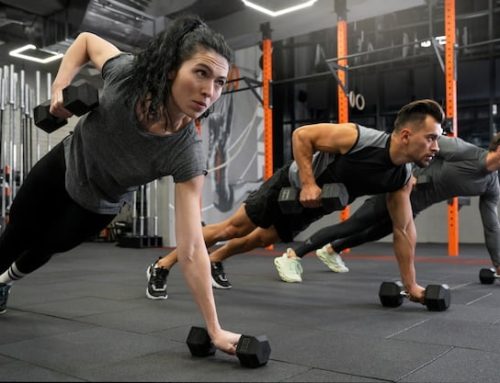Patience and trust
Building strength through training takes time. No one can expect to go to the gym and bench-press 150kg for the first time. Even the world’s best strongman had to start with something small. It takes time to develop a feel for the barbell in relation to your own body. The body has to adapt to the movements we learn when lifting weights. So we need patience because these adjustments do not happen overnight. The neuromuscular pathways form slowly. We train not only the muscles, but also the central nervous system. Over time, a connection between the two is formed, which can be called the mind-muscle connection. The more we train, the easier it will be to activate, so training will also be easier. We just need to make sure that our body is adapting and there is progress. (As long as we pay attention to doing the exercises correctly and keep challenging ourselves).
Quality before mass
Always focus on the quality of the movements rather than the weight on the barbells. In virtually every gym there are people who lift far more weight than they should. If you are not able to perform an exercise properly by the end of the series, there is no point in increasing the weight. Especially as a beginner, you need to focus on perfect execution. If you can’t lift a certain weight correctly, you should step back and think about what the reason is. Perhaps it is simply a coordination problem that can be solved by adjusting your foot position. Or maybe there is a muscular imbalance that needs to be corrected first. Maybe you just expected too much. It’s about finding the cause and fixing it.

This versatile set offers weights ranging from 20kg to 30kg, suitable for both men and women. Crafted from durable cast iron, the set can be configured as dumbbells or a barbell, making it perfect for strength training at home. A must-have for fitness enthusiasts looking for a comprehensive weight lifting solution.
What Happens After 1 Month of Lifting?
Weightlifting is a popular workout routine that is great for gaining strength, building muscle, and burning fat. But what happens after one month of lifting? Let’s take a look at the changes you can expect to see after just one month of consistent weightlifting.
Increased Muscle Mass
Lifting weights can certainly lead to an increase in muscle mass, but it is not a guarantee. When you lift weights, you are putting stress on your muscles, which can cause small tears in the muscle fibers. Your body then repairs these tears by creating new muscle fibers, which can lead to an increase in muscle mass over time.
However, building muscle mass also depends on a variety of factors, such as your diet, rest and recovery, genetics, and training regimen. Simply lifting weights alone may not be enough to build significant muscle mass, and other factors such as nutrition and rest are also critical.
In addition, lifting weights can also have other benefits such as increased strength, improved bone density, and improved cardiovascular health. So while lifting weights can certainly contribute to an increase in muscle mass, it is just one piece of the puzzle when it comes to building muscle and improving overall health and fitness.
One of the most noticeable changes after one month of lifting is an increase in muscle mass. When you lift weights, you create small micro-tears in your muscles. These tears then repair themselves, resulting in larger, stronger muscles.
According to a study published in the Journal of Strength and Conditioning Research, participants who lifted weights for one month saw an increase in muscle mass of around 2.2% to 4.5%. Though relatively small, it’s proof that consistent weightlifting can lead to real results.
Better Endurance and Stamina
Lifting weights is not only about building muscle. It also helps to improve your overall fitness level. When you lift weights, you’ll notice that your stamina and endurance will improve. This is because lifting weights helps to strengthen your heart and lungs, which leads to better oxygen delivery throughout your body.
Weight Loss
If your goal is to lose weight, then weightlifting is a great way to go. When you lift weights, you’ll burn calories and fat long after you’ve finished your workout. This is because weightlifting helps to boost your metabolism, which leads to increased fat burning.
Improved Posture
Another benefit of weightlifting is that it can help to improve your posture. When you lift weights, you work not only your muscles but also your bones and joints. This can make you more aware of your body and your posture, which can lead to better alignment and fewer aches and pains.
Increased Strength
As you continue to lift weights, you’ll notice that your strength will increase. You’ll be able to lift heavier weights, do more reps, and perform exercises that were once difficult or impossible for you. This is because lifting weights helps to build stronger muscles and connective tissues.
Improved Mental Health
While weightlifting is great for your physical health, it also has mental health benefits. When you lift weights, your body releases endorphins, which are natural mood boosters. You may also feel a sense of accomplishment and confidence after a good workout, which can have a positive impact on your mental health.
Conclusion
After one month of consistent weightlifting, you can expect to see a number of changes in your body and your overall health. You’ll have more muscle mass, better endurance and stamina, improved posture, increased strength, weight loss, and improved mental health. The best part is that these changes will only continue to improve as you continue to lift weights and challenge yourself. So, if you’re thinking about starting a weightlifting routine, there’s no better time to start than now.
References
González-Badillo, J. J., Rodríguez-Rosell, D., Sánchez-Medina, L., Gorostiaga, E. M., & Pareja-Blanco, F. (2014). Maximal intended velocity training induces greater gains in bench press performance than deliberately slower half-velocity training. European journal of sport science, 14(8), 772-781.
Reis, V. M., Damasceno, V. O., Ferreira-Junior, J. B., & Novaes, J. S. (2021). Strength and Hypertrophy Outcomes of High-Bar vs. Low-Bar Squat Training: A Systematic Review and Meta-analysis. Journal of strength and conditioning research.

